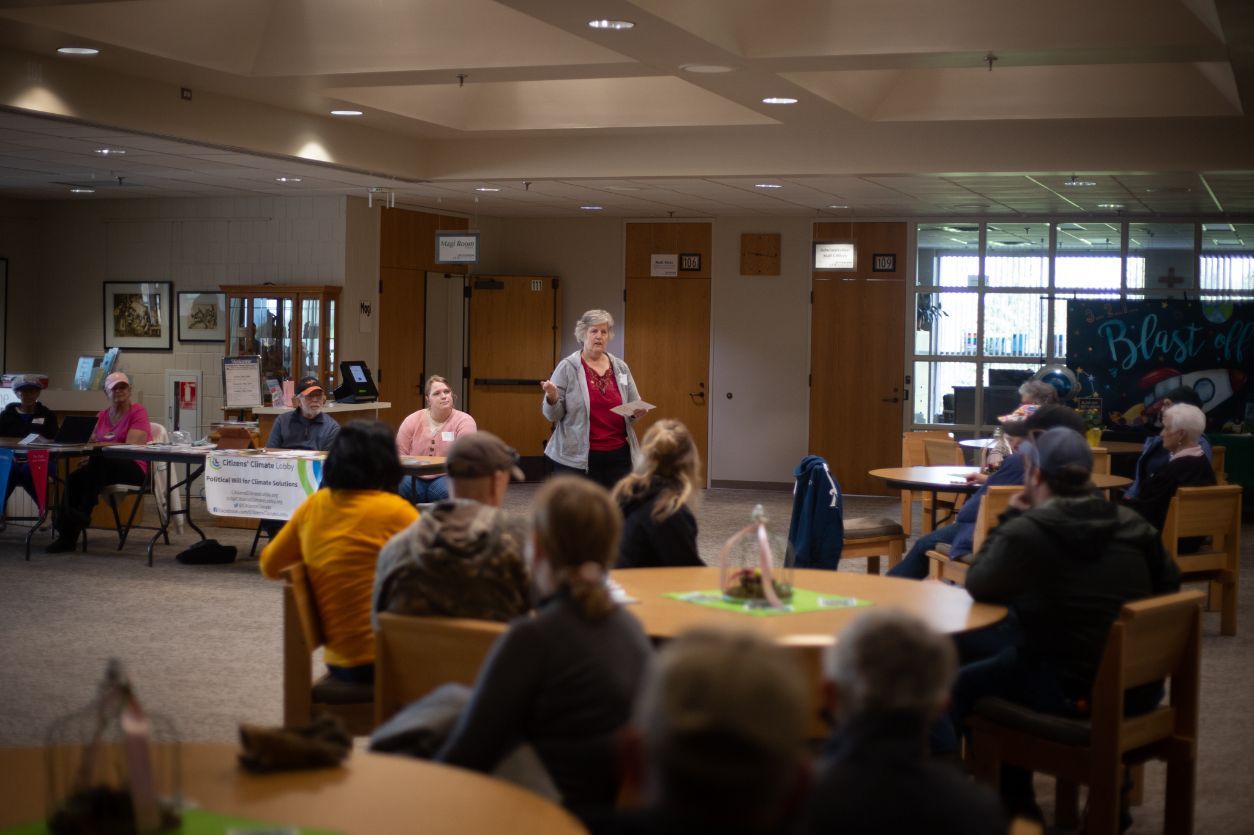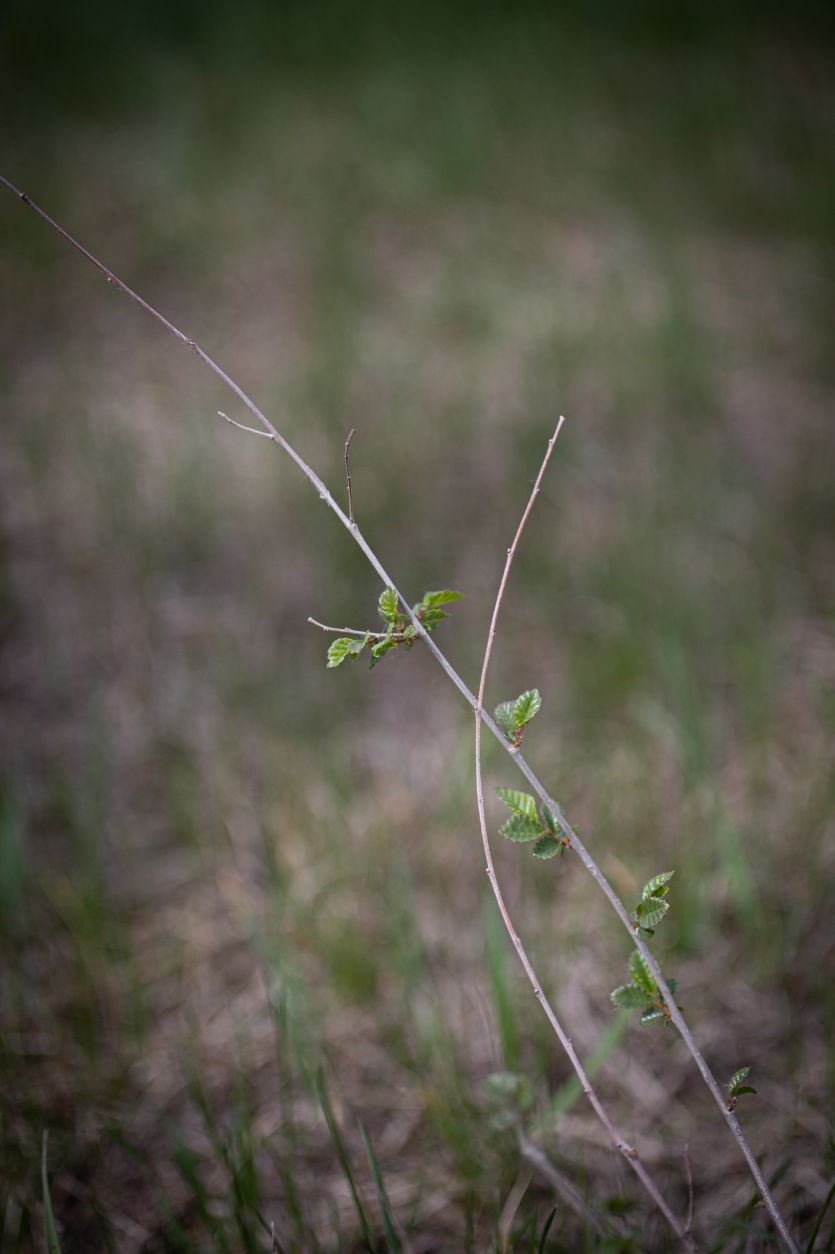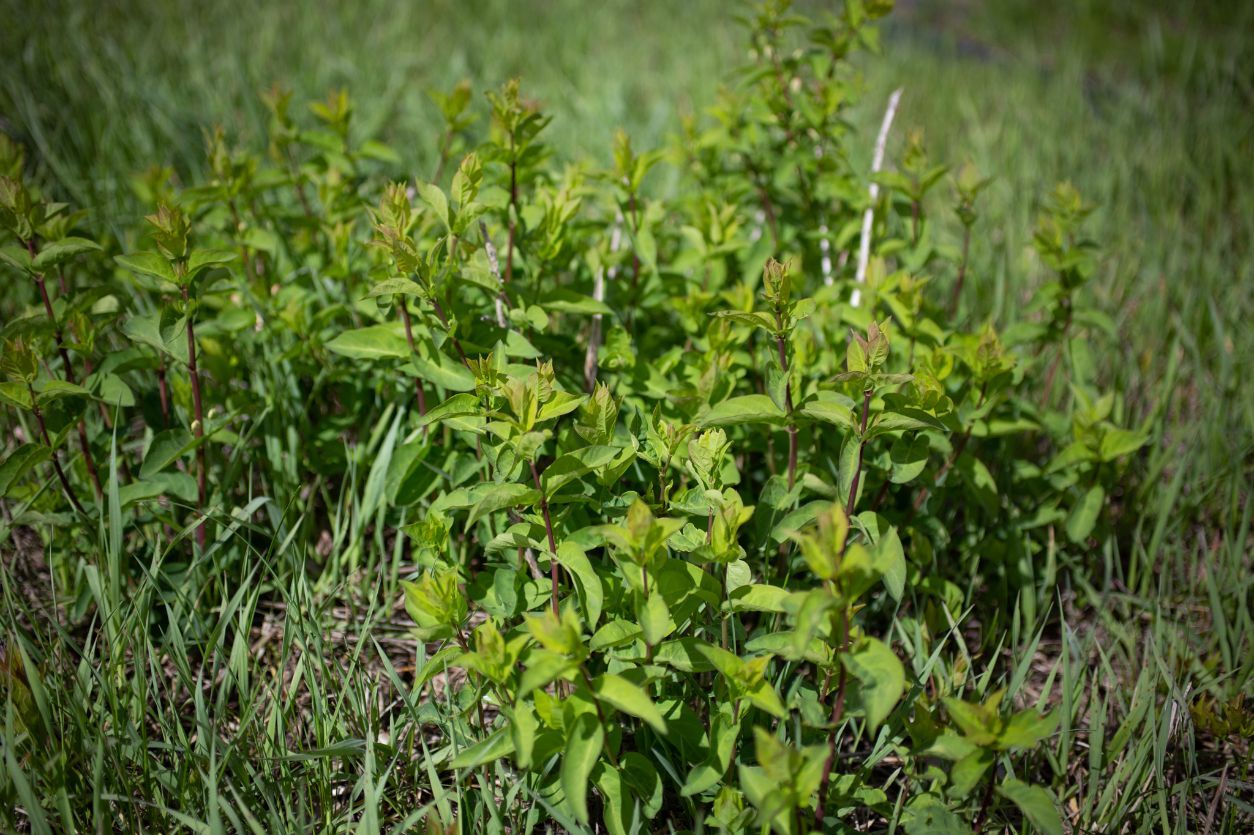How a small church prairie helps habitat and biodiversity in the middle of Minnesota
'15 acres in the grand scheme can be quite a bit,' says Wildlife Habitat Specialist Ryan Rothstein with the Stearns County Soil and Water Conservation District.













Story behind the story
Reporter Nora Hertel learned about the planting through the St. Cloud chapter of the Citizens' Climate Lobby, where Ann Gustafson Larson promoted the event and sought volunteers. Nora interviewed Ann before the event and interviewed Ryan Rothstein after the event. Both Ann and Ryan helped fact check the captions.
Photographer Shannon Rathmanner attended the prairie planting the morning of Saturday, May 21, 2022 and helped fact check the captions.
Nora referenced the following publications for background on the topic:
- Minnesota Prairie Conservation Plan
- , 2018
- Twenty years of tallgrass prairie restoration in northern Illinois, USA
- published October 2021 in Ecological Solutions and Evidence
- “When is a Prairie Restoration (Reconstruction) Project Successful?”
- published February 2011 on The Prairie Ecologist
- Indigenous Prosperity and American Conquest
- by Susan Sleeper-Smith, 2018
- “Indigenous People’s Land Management” chapter in
- Drawdown
- , 2017
Learn more about prairies here:
- The Prairie Pod – a podcast from the Minnesota DNR
- Grassland Groupies
- (They’re in Kansas)
- Explore the largest expanse of tallgrass prairie left in the world
- (It’s also in Kansas!)
- Check out the
- Fort Belknap Indian Community Grassland Restoration Partnership
- Info on the prairie grasslands biome from the Minnesota DNR
This photo essay was originally published in the Project Optimist newsletter on June 21, 2022.
